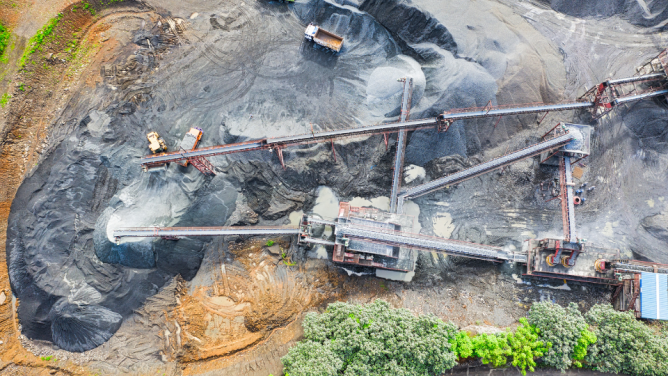Regulation is in fact becoming increasingly more demanding. Getting the construction sector on board with the national trajectory for emissions reduction (Stratégie Nationale Bas Carbone in France, or the “National Low-Carbon Strategy”) requires serious efforts. Ok, we have to acknowledge that effort is underway. Faced with the health and environmental crises, construction materials are changing, reinventing themselves and finally leaving the lab to enter into the real world. More resistant yet of equal mass, lower carbon emissions or even made from CO2 itself, there is no shortage of avenues to explore. Alongside this, recycling solutions and channels are making progress. Faced with the climate emergency and resource scarcity, the world of building materials continues its quest for circularity. However, this doesn’t mean there aren’t often difficult compromises to be made, like which material to favor? Are regulations opening up new opportunities, especially for bio-based materials, perhaps to the detriment of other sectors? This debate promises to get more and more experts involved, giving their evaluation informed by building life-cycle assessments.
Innovative solutions, advances in recycling, and the impact of regulation on the building materials “mix”: these are all the subject of numerous reports, studies and summaries. Here’s our selection:
#innovative materials
How can we invent new materials? Imitating nature offers many promising possibilities, be it integrating microorganisms into construction materials or using their texture as inspiration for reproducing certain characteristics of living things. What’s proving also successful is going back to basics – wood, raw earth or even CO2 – and adapting old techniques to the challenges of modern construction. Meanwhile, we’ve far from delivered the full potential of optimizing major heavyweight materials like concrete, glass and steel.
Detailed analysis of different projects which turn CO2 transformation into construction materials – Science
Summary of ELTs, or Engineered Living Materials – Science
Nanostructures that transform bricks into supercapacitors – The Guardian
The front line in primary research: articles on construction and building materials – Elsevier
#materials and the circular economy
To what point can construction materials be recycled? According to the European Environment Agency, most European countries are on track to fulfill the targeted 70% recycling rate. Yes, but… the EEA nonetheless highlights that “quality” recycling channels are very poorly developed (waste reuse is mainly based on backfilling operations). Reducing the amount of materials used at the outset remains a major challenge, so too does the quality of recycled products, meanwhile more research must be done into reuse solutions.
A briefing from the European Environment Agency on building waste – EEA briefing
A cross-sectoral report lead by the EEA for defining the features of truly circular business models – EEA framework
A complete rundown on the current state of the circular economy in Europe and its future potential – EEA Report
Regional circular economy: obstacles and opportunities – Yvette Lazzeri, CNRS-AMU, Pôle développement durable et territoires méditerranéens-CERIC-DICE-UMR7318
What does the future hold for soil excavated from the Grand Paris Express project? – ANABF
#RE2020 & LCA
After 18 years working on the method and four years of E+C- testing, the RE2020 is 99% ready to start decarbonizing the construction industry, or so says the Deputy Managing Director of the IFPEB (Institut Français pour la performance du bâtiment, the French Institute for Building Efficiency). The IFPEB has assessed the feasibility of RE2020 thresholds in collective housing: as part of the E+C- experiment, a stress test was carried out on 300 buildings, of which 70% passed the mark. Dynamic LCA could give a bonus of up to 70% to bio-based materials.
Detailed, moderate analysis of the impact of RE2020 on buildings in collective housing – Construction 21, IFPEB
A clear rundown in figures for understanding the number of carbon intensity issues in the concrete sector by 2030 and 2050, and the sector’s compatibility with the SNBC – hub for low-carbon innovation
The major stages of the RE2020 – Cahiers techniques du bâtiment
Understanding dynamic LCA – lab recherche environnement VINCI Paristech
Detailed analysis of a building’s carbon impact assessment according to an eco-design approach – lab recherche environnement VINCI Paristech
#Recycling
The resource center helping design a zero-waste building – Bazed
#Previously at Leonard’s
Concrete: reinforced for the future (February 2019)
Construction waste as a value chain (November 2018)


